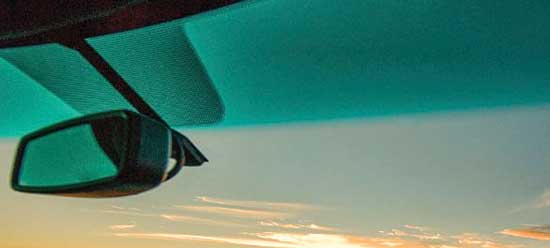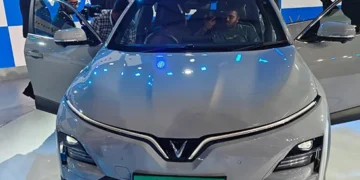Team Blitz India
IN response to India’s intense summer heat, which often surpasses 45°C in many cities, luxury automakers like Mercedes, Audi, and Volvo are implementing cuttingedge glass technologies. These advanced coatings on vehicle windows significantly reduce the cabin’s temperature, thus easing the demand on air-conditioning systems.
Over recent years, there has been an 8% increase in windshield areas and a 12% rise in total glass surface areas, aligning with the trend towards larger vehicles such as SUVs and electric models that require more battery space.
Science behind the cool
The glass used in these luxury vehicles generally makes up 25-30% of the surface area, a figure that is steadily climbing with the rising popularity of sunroofs. To counteract the intense solar heat, car manufacturers employ solar-reflective coatings that consist of ultra-thin layers of metal oxides like silver, zinc, and tin. These coatings are designed to absorb solar infrared radiation, which significantly reduces heat accumulation inside the car, ensuring a more comfortable ride.
Top industry suppliers including Asahi, Saint-Gobain, and Webasto are at the forefront, providing specialised automotive glazing products. These products are crucial in managing the increased thermal load.
Mercedes, for example, has equipped high-end models such as the EQS 580 sedan and the Maybach series with “acoustic comfort packages.” These packages include infrared-absorbing laminated glass that not only blocks harmful UV rays but also minimises exterior noise and prevents heat build-up within the cabin.
Volvo Car India emphasises comfort and safety with their cuttingedge heat and UV protection technologies applied on sunroofs, which block about 80% of solar heat gain. Similarly, Audi India incorporates heat-reflecting windshields and side glass in models like the A8 and etron EV to address the increased thermal demands of larger EV battery packs. The future of automotive glass involves not only controlling solar heat but also accommodating new technologies like head-up displays, 5G connectivity, and integrated antennas. The next generation of glass coatings will likely combine solar control with electromagnetic properties to meet these evolving demands.
































